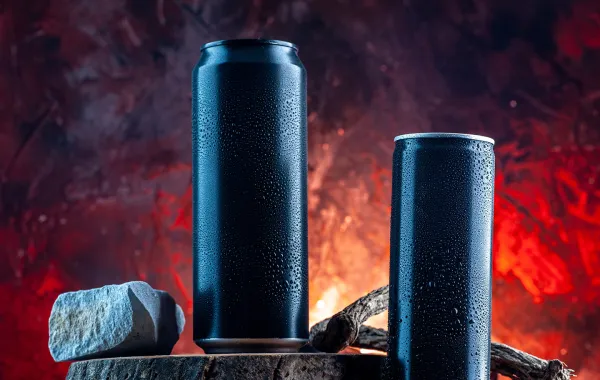خاص "هي": مصممة المجوهرات "Mariyeh Ghelichkhani" إرث والدي كان شرارة شغفي وصوتي الإبداعي
,
خاص “هي”: مصممة المجوهرات “Mariyeh Ghelichkhani” إرث والدي كان شرارة شغفي وصوتي الإبداعي
بين الحنين إلى إرث والدها الذي كان من أبرز الصاغة في طهران، وشغفها بتحويل الأحجار إلى قصص فنية، صنعت Mariyeh Ghelichkhani عالمها الخاص في تصميم المجوهرات. في هذا الحوار مع موقع “هي”، تكشف لنا عن بداياتها، مصادر إلهامها، وعلاقتها بالموروث الإماراتي، ورسالتها للمرأة في يومها.
متى بدأت علاقتك مع تصميم المجوهرات؟ وما اللحظة التي شعرتِ فيها أن هذا هو حلمك؟ لم أتخيل يومًا أنني سأدخل عالم المجوهرات. البداية جاءت بعد وفاة والدي رحمه الله، وهو من أبرز الصاغة المعروفين في طهران بإبداعه المختلف وابتكاراته التي جمعت بين اللمسة الأوروبية والروح الشرقية. رحيله كان صدمة كبيرة تركت فراغًا لا يوصف. نصحتني إحدى صديقاتي بتجربة دروس صياغة الذهب علّها تساعدني على مواجهة حزني. ومنذ اللحظة التي جلست فيها إلى طاولة الصياغة، شعرت بشيء يهزني من الداخل. مع كل لمسة معدن تذكرت طفولتي في ورشة والدي، وكانت تلك اللحظة نقطة التحول في حياتي، وبداية مشواري الحقيقي في تصميم المجوهرات.
من كان أكبر داعم لكِ في بداياتك؟ أعظم مصدر قوة وإلهام كان ذكرى والدي، رحمه الله، التي منحتني عزيمة لا تنكسر. والدتي كان لها أيضًا دوراً كبيراً، فقد دعمتني من اللحظة التي رأت فيها أول قطعة أنجزتها. زوجي كذلك كان سندًا ثابتًا، ومع مرور الوقت التقيت بأشخاص رائعين في هذا المجال، وكأن يد والدي ما زالت ترشدني وتجمعني بهم في الوقت المناسب.
كيف أثّر إرث والدك على مسارك الإبداعي؟ كان والدي سبّاقًا في أفكاره، مبهورًا بكل ما يحمل جمالًا. غرس في داخلي قيمة الحرفة، الدقة، والصبر، والنظرة الثاقبة للتفاصيل. علّمني أن القطعة لا تصبح خالدة إلا إذا صُنعت بشغف واهتمام حقيقي، وهذا هو الإرث الذي أحمله اليوم.
ما أبرز مصادر الإلهام لتصميماتك اليوم؟ تلهمني الطبيعة، الأساطير، الشعر، والذكريات. كما أن المدن التي عشت فيها، من إسطنبول إلى لندن، تركت بصماتها في رؤيتي الفنية، لتندمج مع تراثي الإماراتي والفارسي في…..
لقراءة المقال بالكامل، يرجى الضغط على زر “إقرأ على الموقع الرسمي” أدناه
المزيد من مجلة هي
الأكثر تداولا في عالم حواء

 الكويت
الكويت السعودية
السعودية مصر
مصر الإمارات
الإمارات لبنان
لبنان البحرين
البحرين الأردن
الأردن فلسطين
فلسطين اليمن
اليمن المغرب
المغرب ليبيا
ليبيا تونس
تونس عمان
عمان العراق
العراق الجزائر
الجزائر
















